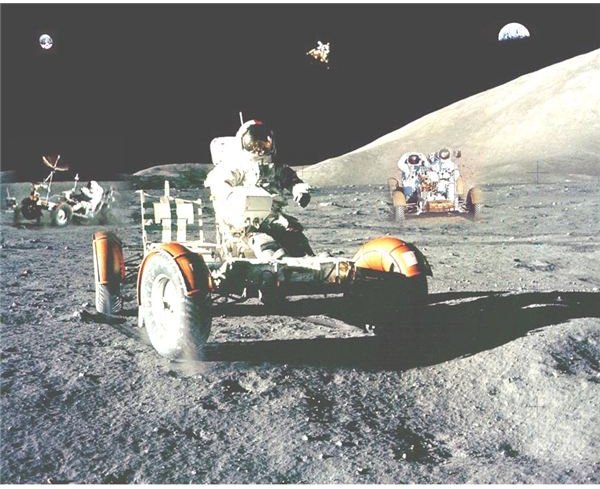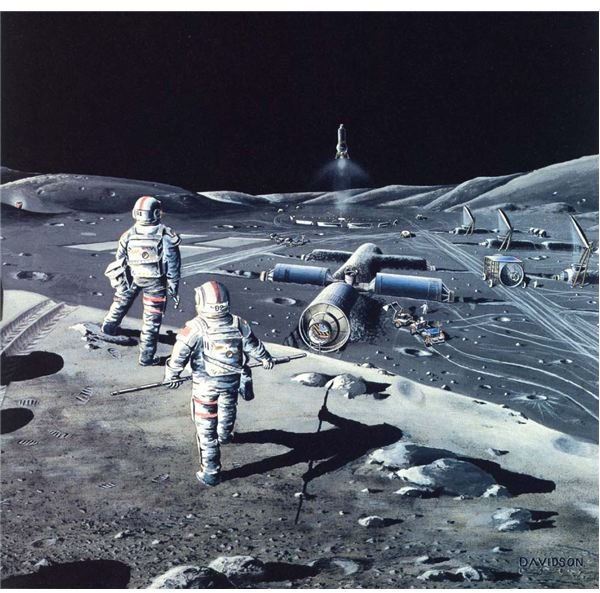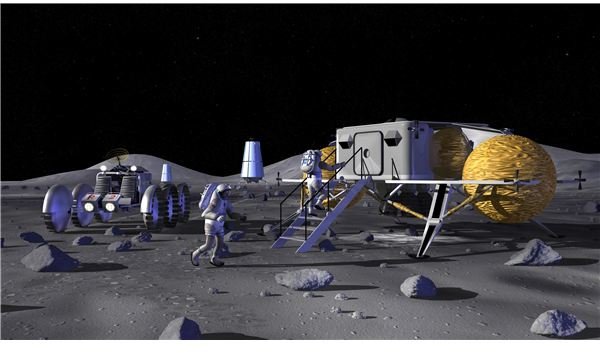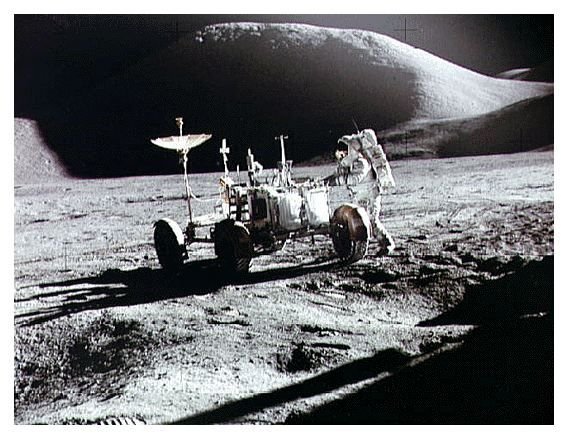Moon Bases - Lunar Base Plans, Past, Present & Future
Before The Space Age
The Moon has long been a source of fascination for the human race, from the myriad of lunar gods and goddesses to religious calendars determined by the phases of the Moon since before written history.
The idea of having a lunar base began well before we were even in space. Science fiction authors were dreaming it up during the 19th century, and the first serious proposals started coming in the 1950s.
Arthur C. Clarke, author of 2001: A Space Odyssey and others, came up with a detailed plan involving algal air purifiers, lunar dust as insulation and electromagnetic cannons to launch supplies at passing spaceships. There was even a plan back in 1959, called Project Horizon, by the US Army to establish a fort on the Moon!
These and other thoughts helped propel lunar exploration into the public conscience—and into a space race of the Cold War between the United States and the Soviet Union.

Exploring The Moon
Once humans started sending unmanned probes to the Moon and observing the surface with better telescopes, the reality of the situation on the Moon was slowly made clear. Little atmosphere, cosmic radiation, a lack of water - a base might be technically possible to establish, but it was pretty obvious that it wouldn’t be easy.
Despite all difficulties associated with such long distance travel, both the Soviet Union and America continued their space race plans to both land a man on the Moon—and establish a base. However, after the United States beat the Soviets to the moon, public interest in lunar exploration waned, and eventually President Nixon canned all future Apollo missions after 17. Since then, virtually nothing has been done to further lunar exploration, or for that matter, lunar colonization.
Images


Present Day, Future Plans
Well, so we haven’t managed a lunar base quite yet, but what are the plans for the future?
The US has the most established program to get ourselves back on the Moon—and this time, permanently. The Vision For Space Exploration mandate for NASA, established in 2004 by George W. Bush, calls for human exploration of the Moon by the year 2020. The idea is that if there is a base on the Moon, then space exploration in general could be made much easier: mining the fuel (helium 3) on the Moon, launching the spacecraft from lower gravity, and manufacturing water and air from the soil, among other advantages. A base would probably be located at one of the poles so that it can have continuous solar power, a place which is also more likely to have lunar ice to be used for water, which can be split into hydrogen and oxygen, all important for survival.
So far, the States has a pretty good foothold. The recently launched LRO mission is a beginning to this. While unmanned, the mission focuses on gathering the data NASA scientists need to plan lunar bases out in more detail, especially with regards to potentially water and air.
Of course, the United States is not alone. The European Space Agency is hoping to have a lunar base established by 2025, and Russia a manned mission by the same year. China’s also got it’s eyes on the Moon. They’ve estimated that by 2022, they’ll have the technological capability to do so—and they’ve certainly got the will for it, already ambitiously planning for lunar mining projects for helium 3 and iron. Japan and India’s current plans involve no permanent residents on the Moon, rather, a rotating series of crew members similar to the International Space Station.
Who’s going to have a lunar base first? No one is entirely sure, though most people are still betting on the Americans. What is certain, however, is that the race is on.
